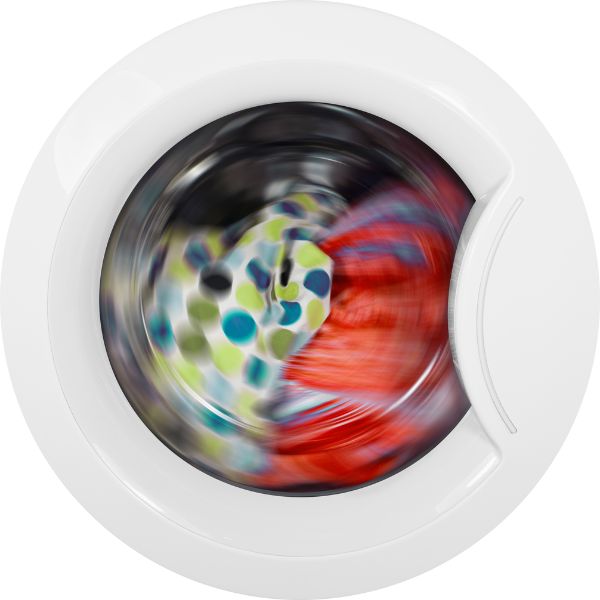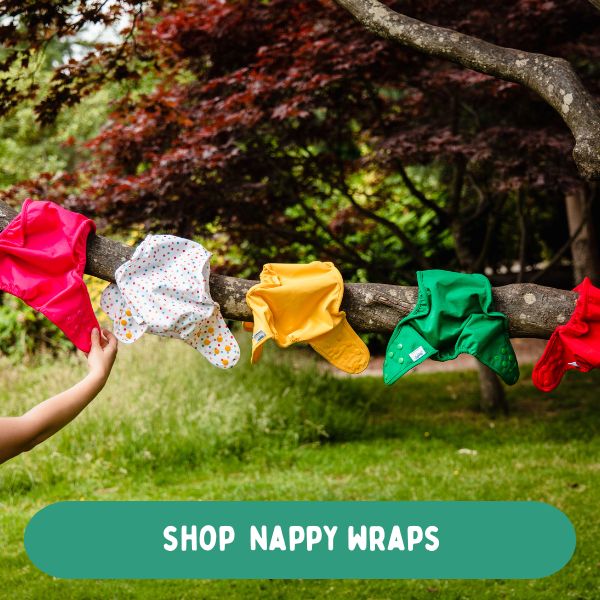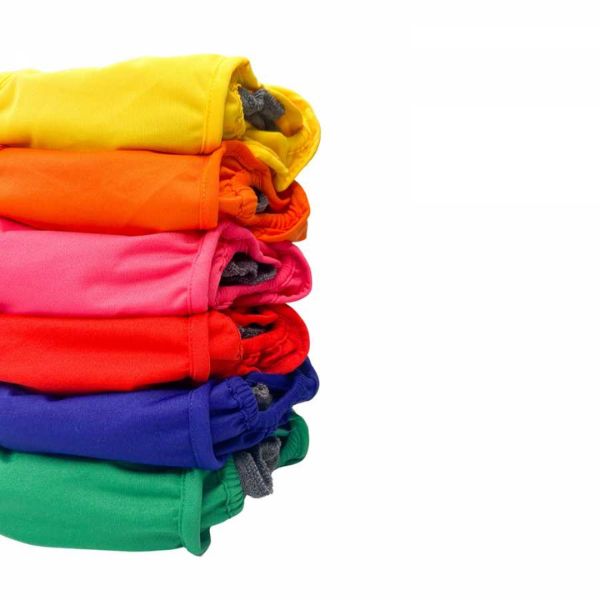How To Clean Poo Off Reusable Nappies
We often hear that new parents would consider using cloth nappies but are worried about poo!
Cleaning nappies might seem daunting, but with the right routine, it’s simple and hygienic. Whether you're dealing with reusable nappies and newborn poop, weaning blueberry delights or toddler accidents, we will walk you through the steps to keep your nappies smelling fresh, stain-free, and keeping your little ones dry all the way to potty training.
One of the most cost effective perks of washable nappies is that they can be used for all your children so will last for years.
1. Be Prepared
Pre-empting the worst of the mess is easy. Nappy liners catch most solid poos, making removal straightforward as they roll off.
Do not flush any disposable liners, they contribute to fatbergs and block sewers - even if they say flushable, while reusable liners can be rinsed off and washed.
If your little one has looser bowel movements you can rinse liners or use a shower head if nearby or attached to the sink to blast them down the toilet.
2. Remove Solids
Removing solids is the first step in cleaning a soiled nappy:
- Shake it off: If the poo is solid, simply see saw the liner, shake or scrape it into the toilet (some families have a dedicated poop spoon! I didn't ever need this).
- Use water: For stickier messes, hold tight and dunk in the toilet flush, or use a shower head to rinse it off.
- Don't sweat it: If there is a bit left, smears will be dealt with in the rinse / pre-wash / main wash.
For runny newborn poo ( however they are fed - breast or bottle), you can pop it straight in the washing machine, as their waste is water-soluble. It can just be pre-washed in the machine before you add other baby items.
3. Store
After removing solids, dry store your nappies for the day. Avoid soaking nappies in buckets of water as this can cause bacteria and ammonia buildup and cause fabric damage - dry pailing is the way to go.
This can be in your chosen nappy storage -
Airy storage -
Current school of thought is that air flow prevents smells building up so opt for a basket with air flow like the strucket.
Wetbags -
Pop a nappy in, leave the zip open or go for open topped wet bags for the same reason as above, allowing air flow to prevent moisture building up.
Mesh bags -
Dangle these in your bathroom / utility or use to line a nappy pail. If you have dripping nappies (unlikely as you'd normally only dunk the liner) just add a dry cloth wipe or towel to the bottom of the mesh bag first to soak anything up.
Nappy bucket -
Leave the lid open to allow air to circulate and can be lined with mesh bags or wetbags designed as pail liners.
4. Rinse & Pre-Treat Potential Stains, Wash & Sanitise Nappies
Follow these washing steps to keep nappies clean and fresh:
Pre-wash cycle:
Every morning when you take off the wettest nappy of the day - the night nappy - run a rinse, pre-wash or quick wash cycle with cold water and a small amount of detergent to remove any remaining waste. We call this the poo soup.
There is no need to make this feel like a chore. I used to shove them in the machine as I was making my morning coffee on a 20 min rinse and spin then pop them back in to storage to await the main wash - easy peasy. You can use a marker to start loading the next load of nappies on top, like a muslin or a cheeky wipe.
Main wash:
Your main wash day should be on the 3rd or 4th day, depending on the size of your stash and how many little ones you have in nappies. Choose a long, warm wash (40–60°C) with a full dose of washing powder - don't use an eco cycle as these scrimp on water and you need it. Still pre-rinse any nappies from that day before the main wash.
The machine should be 3/4 full so add some towels, baby clothes or muslins after the pre-wash to bulk the load out if needed.
Extra rinse:
If needed, do an extra rinse to ensure all detergent is removed, watch the drum for no bubbles.
Stubborn stains:
These won't happen often with a good routine but some foods and medicines (calpols starch especially) can leave marks on your nappies.
Wash reusable nappies with a nappy-safe stain remover like Bio D / napisan / vanish or gentle laundry disinfectant to treat problem areas.
Some parents swear by rubbing in a bit of baking soda and water before washing.
Occasionally, you may need to sanitise nappies, especially if your baby has a tummy bug, thrush or you notice lingering smells. It is always important to strip wash second hand nappies before using on your baby.
You can find more information here on strip washing.
6. Dry Nappies
For best results, air-dry nappies whenever possible. Line drying keeps nappies in top condition and helps them last longer.
Sunlight is your best friend – UV light naturally bleaches stains and kills bacteria.
If you need to tumble dry, use a low-heat setting and don't add anything with PUL so no pockets or wraps, but boosters, inserts, fitted night nappies, muslins etc can be tumble dried.
Additional Tips
Avoid harsh chemicals like chlorine bleach, which can damage fabric and elastics.
Skip fabric softeners, as they coat fibres and reduce absorbency.
Check manufacturer guidelines for specific care and washing instructions.
Wash nappies every 2–3 days (4 days MAX) to prevent stains, mildew, and odours from setting in.
Cleaning reusable nappies doesn’t have to be a messy or complicated task. We are always happy to help with any issues you might be having so don't hesitate to get in touch.
Have any tips or experiences to share? Drop them in the comments below! If you found this useful you might like to read -
Whats the difference between nappy inserts, boosters and liners?
How to Choose a Great Reusable Nappy
Can You Use Reusable Nappies from Birth?
For more cloth nappy guides and parenting tips, explore our blog or reach out to us.
About the Author: Kirstin on our customer services team loves spending her days helping customers with their reusable period product needs and advising cloth nappy using families. Kirstin lives with her three teenagers and loves walking, cycling and sea swimming year round in our beautiful bay.She is excited to share her extensive knowledge and enthusiasm for all things reusable, helping a new generation of parents navigate eco-friendly choices for their children.
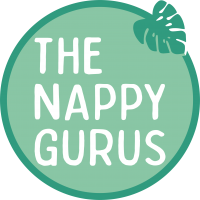
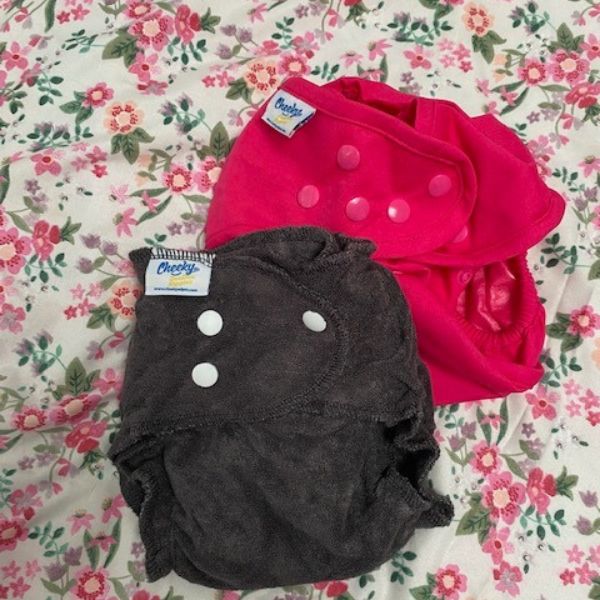
.jpg)
.jpg)
.jpg)
